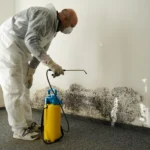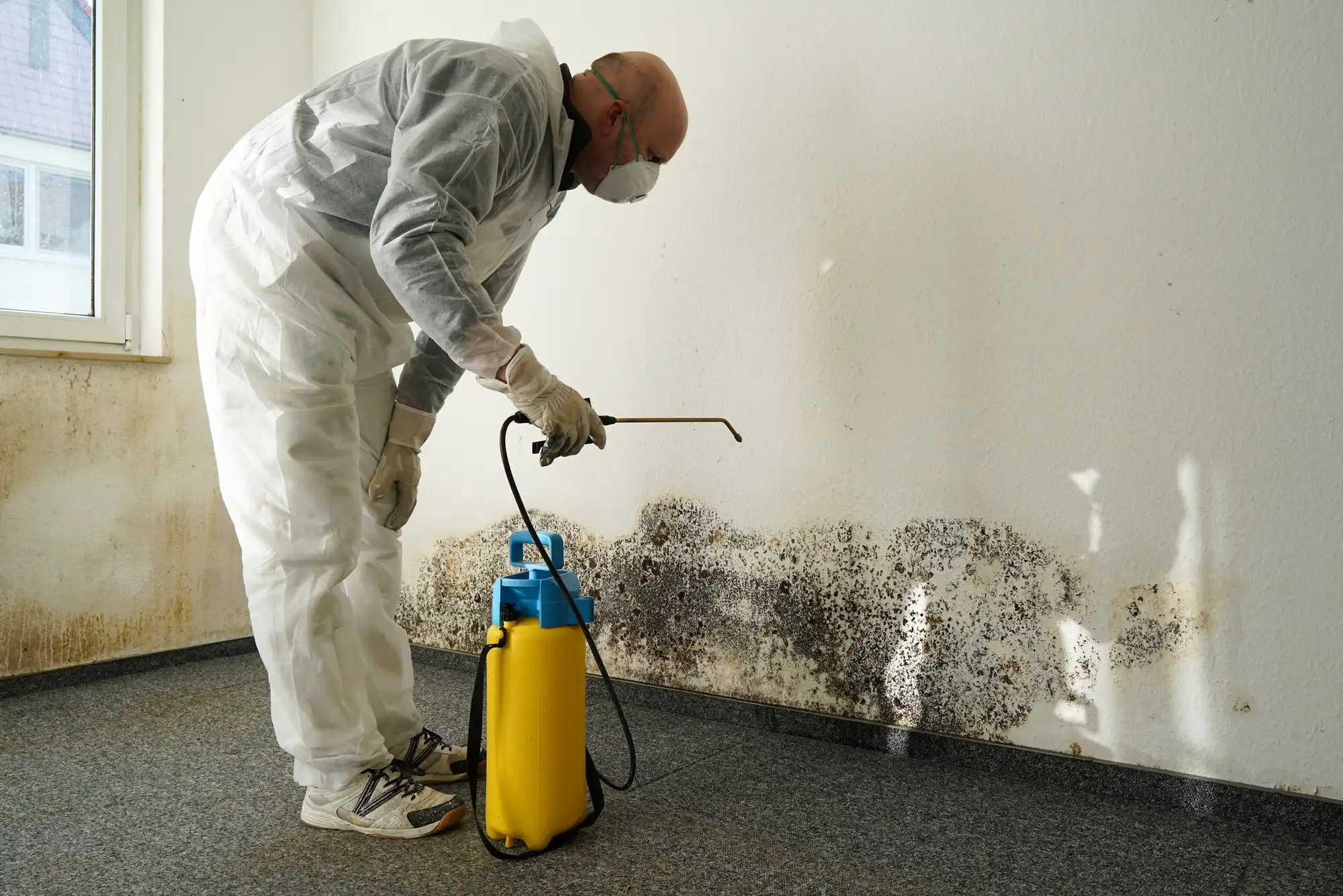Fine cracks near wooden surfaces or unusual softness underfoot may seem harmless at first. These subtle signs often develop long before visible damage appears. For property owners, ignoring these issues could lead to more severe structural problems over time.
Home termite control plays a crucial role in protecting living spaces from internal decay that usually goes undetected. Early action and consistent observation help reduce hidden spread beneath walls, floors, or foundational joints. Here, it explains how recognizing these signs supports long-term safety without disruption.
Weak Spots Develop Quietly
Structural weakening rarely starts with loud or visible shifts. Floorboards that begin to sag slightly or handrails that feel loose may reflect a larger problem underneath. These soft points often grow from the inside out.
Beams in attics or paneling in closets can feel secure, while hollowing occurs deep within. Even well-painted walls or solid-looking corners can conceal the silent activity. Acting on small changes early often keeps repair efforts manageable and focused. Softness in cabinets, shelving edges, or stairs may seem like wear but can point to internal hollowing.
Dry Spaces Are Not Always Safe
Termites can adapt and survive in controlled environments. Storage areas containing boxes, cardboard, or untreated wood remain at risk regardless of the moisture level. Air-conditioned spaces may hide early signs due to a lack of visible damage.
Ceiling corners, baseboards, and under-sink cabinets still provide pathways for activity. It often begins quietly and spreads through less visible routes, such as vents or conduits. These areas, especially when dark or cluttered, offer quiet access to framing and internal trim.
Shifting Soil Near Foundations
Soft soil or unusual ridges along patios, walkways, or garden beds may indicate the presence of hidden tunnels. These tunnels form under mulch, near drainpipes, or along outdoor trim. Movement in these zones may not feel urgent, but it often signals early underground development.
Minor shifts near external walls are worth noting, especially after landscaping has been completed. Soil that doesn’t settle or suddenly changes texture can be an early clue. These surface signs can be directly traced to underlying interior activity. Fence lines, garden edging, and brick skirts are also useful observation points.
Paint Can Reveal More Than Moisture
Bubbling or cracked paint should not be dismissed as surface wear. These changes may occur because the wood behind is shifting or shrinking. Termites alter the internal wood shape, pushing against paint layers.
Window edges, base corners, and wall seams usually show early signs of this stress. A door that sticks or becomes harder to close may be reacting to frame distortion caused by internal damage. When finishes lose alignment or paint begins separating from the base, internal shifts are often to blame.
Movement Underfoot Becomes Uneven
A floorboard that suddenly creaks or a mat that slides unevenly can suggest changes underneath. Wood that weakens will often sag slightly, even before full damage appears. These early shifts become clearer during daily use.
A broom catching on one section more than others or a vacuum running less smoothly across part of the room might indicate warping below. A gradual floor tilt or uneven weight distribution in one corner may go unnoticed for weeks. By the time sound or sinking becomes obvious, damage is usually advanced.
Discreet Assistance Often Matters Most
Support from inspection professionals often makes a difference without drawing attention. Subtle reviews of attics, floorboards, or base structures can reveal risks early. Premium services generally offer quiet, non-invasive evaluations.
Rather than waiting for visible issues to appear, property owners often benefit from expert assessment and guidance. Silent zones behind appliances, below sinks, or around exterior vents benefit most from expert checks. Trusted providers who specialize in deep structural scans often reduce the risk of long-term repairs.
Home Termite Control is often the difference between silent damage and a secure structure.
Identifying early shifts allows property strength to remain intact without guesswork. Hence, steady attention to subtle warning signs often preserves more than just the walls.
You May Also Like: Why Asphalt Shingles Remain a Popular Residential Choice for Westminster Homes











